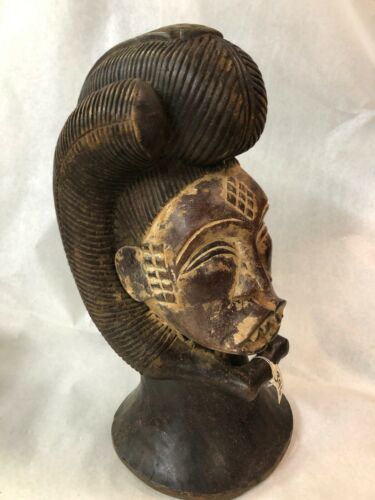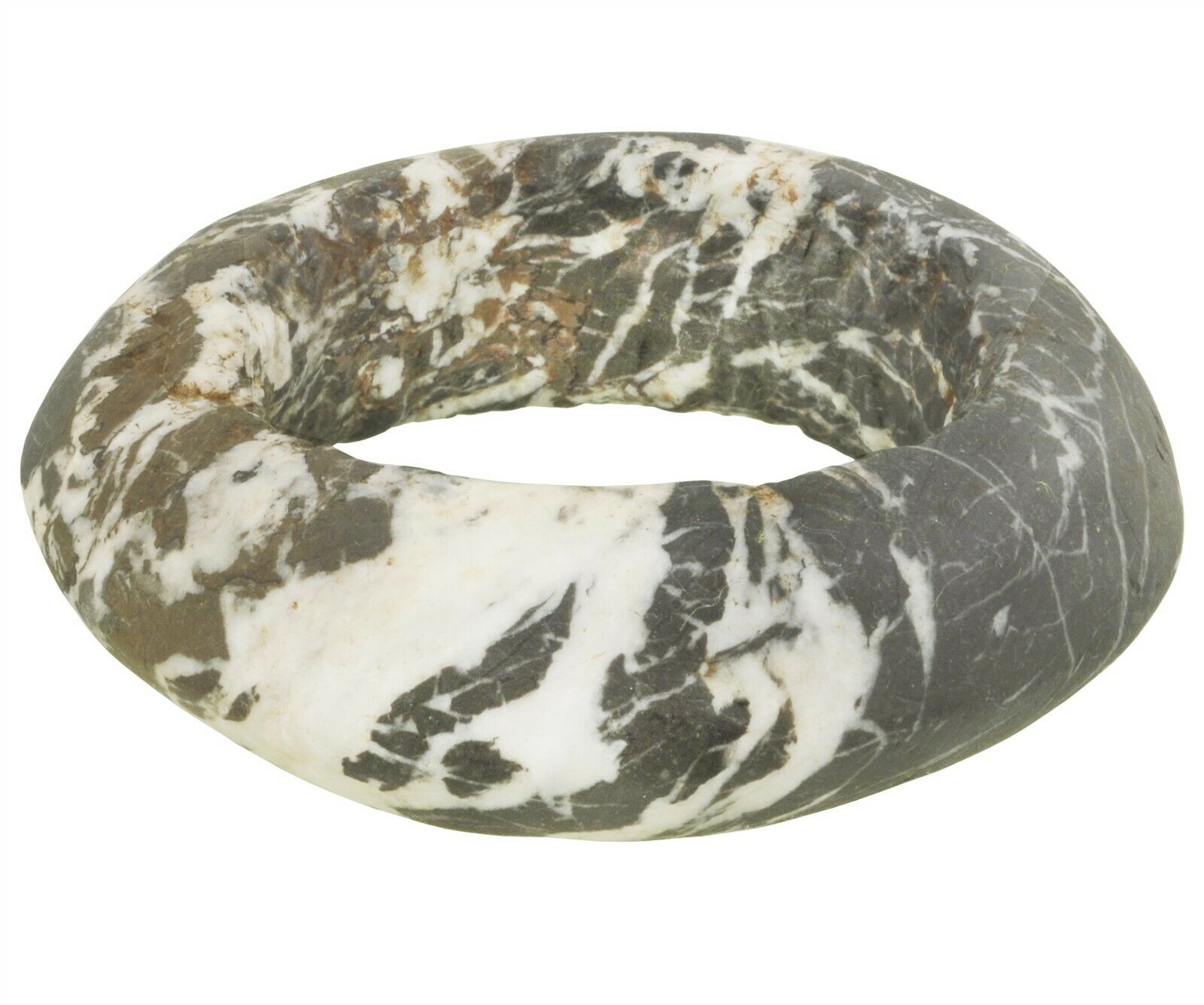-40%
Authentic Gabon Punu Tribal African Art Head Piece From Private Collection
$ 337.92
- Description
- Size Guide
Description
Today you have a unique opportunity to own a part of an impressive collection of original African objects which is now being liquidated due to several unforeseen business circumstances. Please check out all of our auctions for other interesting pieces from this and other sources!Dimensions: 18” tall x 8” deep x 10” wide.
Condition: Very good. Heavy.
About this Piece:
This mask is being sold as part of a private corporate collection of African tribal art and artifacts. Its provenance is as follows: this piece was originally acquired by an avid collector of ethnographic antiquities in the 1970s, and was held as part of a large private collection in the Southeast for decades, unseen by the public eye. In 2005, that collection appraised as a whole for more than two million dollars, and has since been divided as part of an estate distribution. Much of this collection was sold privately or gifted to different institutional organizations. This particular piece appraised at 5 at that time, a copy of the appraisal sheet is included in the auction photos.
This piece remained in the original collector’s estate until circa 2011. Since that time, it was acquired by and has been held as part of the Tibiwinston, Ltd. corporate art collection which is now being sold due to an unforeseen situation involving its owner. This piece has been exhibited twice in the past year in Georgia and South Carolina, and can be most recently found in the catalog for the "Out of Africa" exhibit at the South Carolina Arts and Heritage Center (North Augusta, SC; June 6-August 19, 2016) For more information about it's most recent exhibition, refer to The Aiken Standard: "North Augusta Center hosts Out of Africa", July 7, 2016: (hyperlink available on google or by eBay message) . Feel free to message us to learn more about the provenance of this piece.
Please use the "Best Offer" feature to make an offer and end this auction early! Please inspect our high resolution photographs prior to bidding; as this is a business liquidation, no refunds or exchanges are permitted
This Punu mask is a fine example, the pronounced lips and hairstyle clearly revealing its origin tribe.
White Punu masks are very well known and easily identifiable by their physical features. A typical Punu mask will be white with an Oriental expression. Many will have nine triangular scarification marks on either the forehead or temples or both. A black and finely scored coiffure is always present. Protruding puckered lips and a pointed chin will also be prevalent. The dancers of these masks would be raised up on stilts and would hold the mask between their teeth with the aid of a small wooden stick. White masks would participate in many festivities that were important to the community. It is not known whether these masks are feminine or masculine, since they convey traits of both.
About the Punu People:
“The Punu reside on the left bank of the Upper Ngoume River and belong to a group of tribes known as Shira which were originally part of the Luango kingdom of Angola with the Eshira, the Lumbo, the Vili, the Galoa and the Vungu people, the Punu migrated northwards during the 18th century and settled where they are now. They live in independent villages divided into clans and families and social cohesion is ensured by a society known as Moukouji, whose primary role is to subjugate harmful forest spirits. During ceremonies related to the society, small statues and masks appear which are often covered in white pigments alluding to their anti-witchcraft functions.
Punu masks are thought to represent ancestors’ faces. They are worn during funerals and by a Moukouji initiate who stands on stilts. The masks have realistic, usually white, faces with protruding eyes incised with a curve, high-domed foreheads and characteristic rigid high coiffures which reflects the Punu women’s hairstyles.”
Source: Baquart, Jean-Baptiste. The Tribal Arts of Africa. New York: Thames and Hudson Inc. 1998. Print.
















